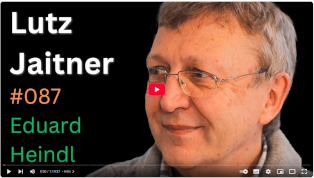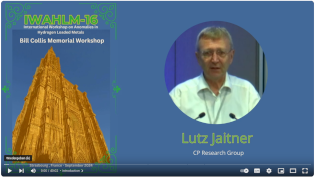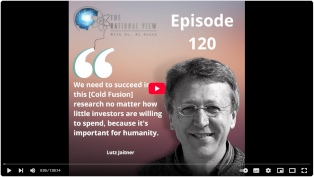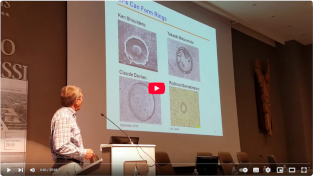
|
| Physics of CPs & LENR |
| About Us |
| Experiments |
| LENR Vendors & Researchers |
| LENR Investors & Associations |
| LENR Media |
| History of CPs & LENR |
| Resources |
| CP Simulator |
| Contact |
The Physics of Condensed Plasmoids and LENR
Abstract
LENR research was puzzled for a long time by the basic questions: How can nuclei fuse at low temperature, i.e. how can they overcome the Coulomb barrier without having high kinetic energies? Why is the observed excess heat not accompanied with gamma radiation? Why is LENR producing helium-4 from deuterium, whereas d-d hot fusion is mainly producing helium-3, tritium and neutrons? How can LENR be technically optimized for commercial use?
To answer these questions, the author has built a quantum-mechanical model of the nuclear active environment in LENR. This environment is an ultra-dense plasmoid, i.e. a "condensed plasmoid". The properties of CPs are so exotic, that CPs qualify as a previously unknown aggregation state of matter.
This document is first to describe the properties of CPs, the microscopic evidence of CPs in LENR experiments, how the properties of CPs help explaining a wealth of remarkable findings in LENR experiments, which routes of nuclear reactions could be enabled by CPs, the quantum-mechanical model of CPs, the computational results derived from this model, verifiable predictions derived from the theory on CPs and a technology assessment on potential dangers of LENR. The mechanism, which suppresses gamma radiation in CPs, will also be described in this document.
The quantum-mechanical model of CPs is based on the cylindrical symmetry of a very thin (i.e. about 40 pm) plasma "wire". The quantitative properties given here are depending on the configuration of the CP, they are just examples. The electrons of a CP are fully delocalized and decoupled from the nuclei. They are moving with high velocity (10 to 80% of light speed) against the nuclei. This is resulting in an intrinsic current of about to 9 kA in the CPs, with a mean current density of approximately 2.5 A per square picometer.
The magnetic field from this current reaches 50 megatesla and creates a confinement pressure of more than 1021 Pa. The electrons are compressed by a z-pinch condition to a mean density of about 0.15 electrons per cubic picometer.
The creation of a CP is an endothermic process, which typically requires high voltages and high currents. Once created, CPs enjoy a lifetime, which can extend to hours. This longevity is likely not a result of the CP's stability, but is rather based on a self-sustained feedback of nuclear energy, countering the otherwise inevitable decay of the CP.
The minimum distance of hydrogen nuclei in a CP is only about 2 pm, which enables tunneling through the Coulomb barrier. The barrier is also much screened by the dense electrons.
The self-sustained growth of CPs can produce a dangerous and sudden release of nuclear energy, if the reaction rate is not properly fuel-limited.
Download the full pdf document
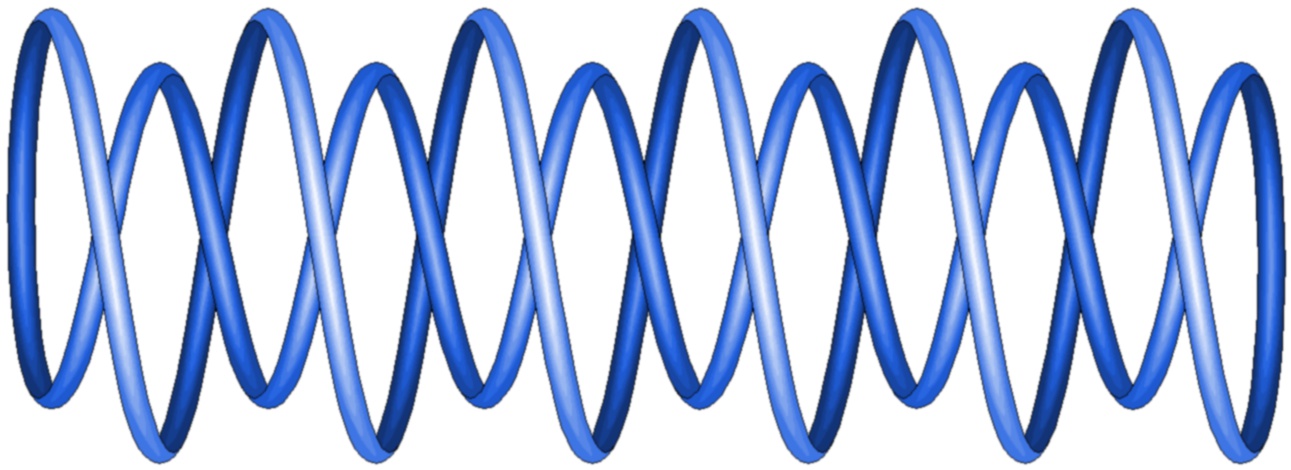
Video Interview, March 2025
The following video is in German. In his series "Energiegespäche #087" Prof. Dr. Eduard Heindl interviews Lutz Jaitner about LENR:
Video Presentation, September 2024
During the IWAHLM-16 Conference (International Workshop on Anomalies in Hydrogen-Loaded Metal) in Strasbourg Lutz Jaitner presented on experimental results involving condensed plasmoids:
Video Interview, September 2022
In his series "The Rational View, Episode 120" Dr. Al Scott interviews Lutz Jaitner about Condensed Plasmoids:
ICCF-22 Presentation 2019, Assisi
Condensed Plasmoids (CPs) – The Nuclear-Active Environment of LENR, Lutz Jaitner:
